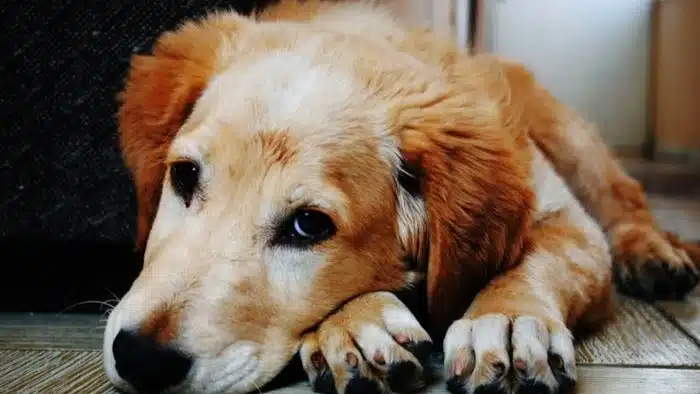How To Punish a Dog When He Make Mistakes

Dogs are lively and cute, but they also make mistakes occasionally. Situations like chewing up furniture or defecating and urinating everywhere can really give their owners headaches. At such times, some owners may instinctively want to punish their dogs by hitting them, hoping to make them remember their mistakes. But can we really hit dogs when they make mistakes? We need to think deeply about this.
I. The Negative Impacts of Hitting Dogs
Hitting a dog may seem like it can stop the wrong behavior at the moment, but in fact, it brings many potential problems. Physically speaking, violent punishment may cause direct harm to the dog. Dogs come in various sizes. Small dogs have fragile bones, and a slightly heavier blow may lead to serious consequences such as fractures. Although large dogs are relatively stronger, they can also get injured from being beaten. Moreover, the physical pain will make the dog afraid of its owner, and it will damage the originally close relationship of trust.
The psychological impact is even more profound. If a dog is beaten frequently over a long period, it will become timid and cowardly, and be filled with fear of the surrounding environment. Even normal sounds or actions may startle it. A dog that was originally cheerful and lively may become withdrawn and depressed, unwilling to interact with people, and may even show aggressive behavior. For example, after being beaten, a dog may, in order to protect itself, attack people or other animals that approach it, which is completely contrary to the owner’s original intention of education.
II. Effective Methods Instead of Hitting Them
When a dog makes a mistake, there are many more scientific and gentle methods available. Positive reinforcement is a great approach. For instance, if a dog is used to scratching the sofa randomly, when you find it using the special scratching board, give it a treat immediately and praise it gently to reinforce its correct behavior. Over time, the dog will understand that using the scratching board is the permitted behavior, and thus reduce the behavior of damaging the sofa.
Establishing clear rules is also crucial. From the moment a dog enters the house, it is necessary to make clear which behaviors are allowed and which are not.
III. Exploring the Root cause Mistakes
III. Exploring the Root cause Mistakes
Only by understanding why dogs make mistakes can we solve the problem better. In many cases, dogs don’t make mistakes on purpose. For example, when a dog chews up furniture, it may be because it is in the teething stage and its teeth are itchy and uncomfortable, so it needs to relieve the discomfort by gnawing. At this time, the owner should prepare suitable teething toys for it to meet its physiological needs, and this can reduce the situation of furniture being damaged.If the owner doesn’t spend much time with the dog usually, the dog will make mistakes to attract the owner’s attention, even if what it gets in return is criticism.
IV. Establishing the Correct Concept of Dog Education
As an owner, one should understand that dogs are not humans, and their ways of thinking and behaving are different from ours. We can’t demand dogs according to human standards, but should understand them from the dog’s perspective. Punishment is not the goal; education and guidance are the key. We need to help dogs develop good habits through patient and scientific training, and let them grow up in an environment full of love and understanding.
Hitting a dog can’t really solve the problem, but instead will bring many negative consequences. By using scientific methods to correct a dog’s wrong behaviors, deeply understanding the reasons for their mistakes, and establishing the correct concept of education, we can let dogs grow up healthily and happily, and establish a deeper and more harmonious relationship with their owners.
